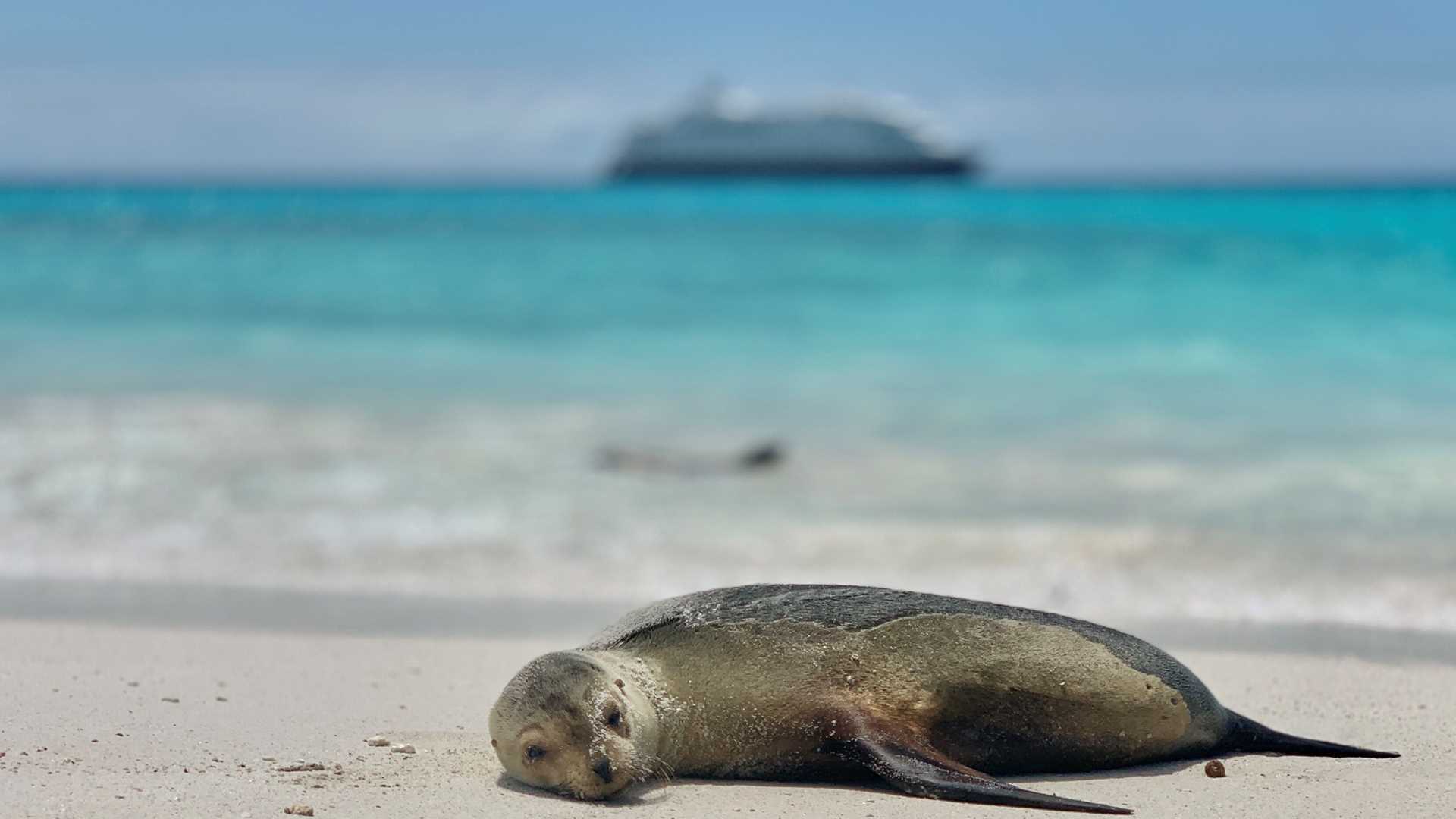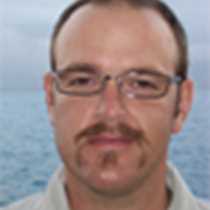Arriving at Gardner Bay on the northern coast of Española, we were greeted by Galápagos sea lions lazing upon the white coralline beach. Their playful antics captivated everyone as young sea lions frolicked in the shallows. Española mockingbirds flitted about the coastal area looking for sustenance. As we entered the water graceful green sea turtles glided past, while schools of vibrant fish darted through the rocky reef area.
Venturing inland at Punta Suárez, we found ourselves amidst an avian paradise. The waved albatross, with its awe-inspiring wingspan, danced gracefully on the cliffs — reaffirming Española Island's reputation as their sole breeding ground. It was a rare privilege to witness their courtship rituals and spot a small chick.
Further inland, the island's vast seabird colonies overwhelmed us with their diversity. Blue-footed boobies performed their signature mating dance; Nazca boobies and screeching red-billed tropicbirds graced us with their presence.
As we traversed the rugged terrain, we encountered Galápagos hawks with an active nest patiently observing their surroundings. Meanwhile, marine iguanas sunbathed nonchalantly; they are unique to this island and seemed undisturbed by our presence.
As our expedition drew to a close, we couldn't help but reflect on the unique and fragile ecosystem that Española Island shelters.







